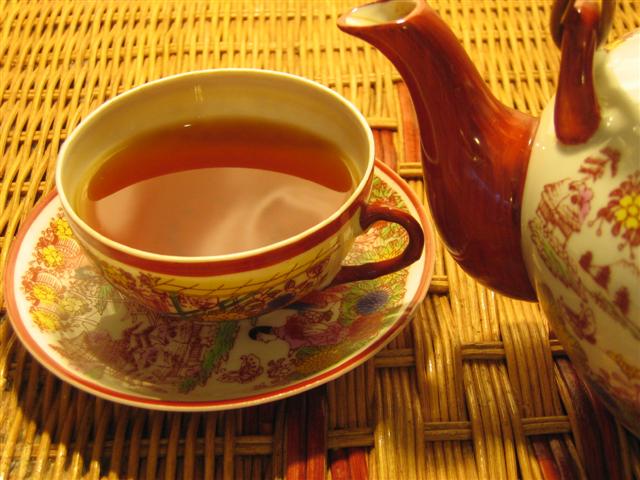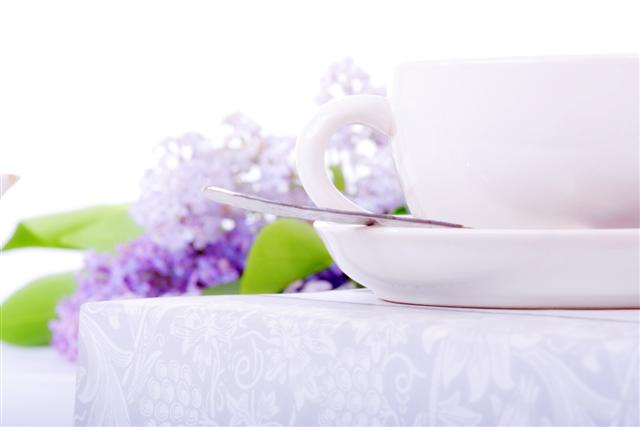
by Steve Bronson
We need to settle this once and for all. What is the healthiest tea that you should be drinking every day? Everybody knows that green tea has been around for millennia and is extremely healthy, but how does it stack up against the contenders, hibiscus and chamomile teas?
Let’s discuss the pros and cons of each here, and see how these teas compare to each. At the end, we will decide, once and for all, the supreme tea.
And in the Green Corner…
Green tea has its origins in the country of China over 4,000 years ago. It has been used as a medicine and a beverage in several parts of Asia.
Early writers supported drinking green tea for a number of reasons: curing fatigue, moderating the effects of alcohol, acting as a mild stimulant, being healthy for your heart, eliminating indigestion, and improving overall brain health.
Several studies suggest that green tea can help control your levels of body for a short period of time, although it is not certain if this effect can last over a long period of time.
However, one thing is for certain – green tea contains a huge amount of healthy antioxidants that help to counter oxidative stress inside your body.
However, green tea does contain mild amounts of caffeine. While this may not be a concern for most individuals, there are some people who have caffeine sensitivities and therefore should not drink a large amount of green tea, especially during the evening hours.
Green tea has exploded in popularity in this country over the last couple of years, as anyone who has paid attention to new products and popular coffee shops has noticed. There are several varieties of green tea, including jasmine and matcha, a green tea concentrate.
Hibiscus, On the Other Hand…
Hibiscus tea, sometimes sold in the United States as some kind of “zinger” brand of tea, is a red and tart herbal tea. Being an herbal tea, it does not contain any caffeine. It has a somewhat cranberry-esque taste.
Hibiscus tea has more antioxidants per milliliter than green tea, making it appear healthier, at least on the surface. Studies have shown that drinking hibiscus tea may lower blood pressure in individuals who have type 2 diabetes, mild hypertension, or prehypertension.
Hibiscus tea also appears to have anti-inflammatory properties, and may help with lowering uric acid levels in gout sufferers. It may also improve cholesterol levels in individuals who are diabetic or pre-diabetic. Also, it appears to inhibit cancer cell growth when added in a petri dish with cancer cells.
People in several cultures enjoy hibiscus tea hot or cold. Like green tea, it tastes great with a bit of honey and lemon, or mixed with other fruit juices like grape juice.
What Do You Think About Chamomile Tea?
People have been using the flowers of the chamomile plant for thousands of years to treat anxiety and help with sleep. In the United States, chamomile is best known as a main ingredient in herbal tea. As an herbal tea, like hibiscus, chamomile tea is also caffeine-free.
Chamomile has been used to treat heartburn, nausea, upset stomach, and vomiting. Research also suggests that chamomile can also be used to treat insomnia. When used on the skin, chamomile lotion is beneficial for the treatment of skin irritation and the healing of wounds.
Most scientists agree that chamomile is generally a safe plant to ingest in herbal tea. However, the U.S. National Institutes of Health recommend that pregnant women abstain from drinking chamomile tea because of its tendency to cause uterine contractions, which can lead to miscarriage.
However, chamomile makes for a great evening tea to sip mainly because of the fact that it is caffeine free and can help with insomnia.
THE WINNER?
For overall health and drinkability, our vote would be with hibiscus tea. It has the highest antioxidant content, contains vitamin C, does not contain any caffeine to keep you awake at night, and arguably tastes better than chamomile or green tea, especially if you like a tangy taste. (Of course, taste is subjective, but this writer firmly believes that he is right.)
However, like all drinks in life, these choices are not mutually exclusive, and we urge you to enjoy all types of tea listed above, especially if you enjoy the taste of different teas. Keeping a well-stocked tea cabinet is a great way to stay warm in the winter by enjoying hot beverages.
(This guest post was written by Steve Bronson in association with Doctors Imaging. They are Radiologists concerned about quality patient care and healthful tea consumption. More information can be found at www.doctorsimaging.com.)






Thanks for this insight! I’m a new mom and huge tea drinker. This information is helpful for myself and clients of mine that are breastfeeding because they are looking for a healthy, decaffeinated option.